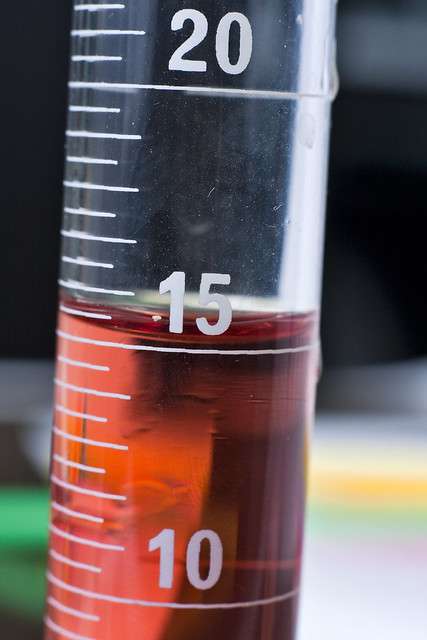
Nearly every industry around the world uses measurement in one form or another. From quantity to quality, measurements must be consistent and accurate to promote productivity and profit. However, when dealing with a limited supply of materials, the use of micro measurement is where the real challenges begin. Whether you are trying to eliminate wasted product, are dealing with rare or valuable materials, or simply do not have excess materials on hand, accurate micro measurement is essential when needing to quantify data using only minimal sample amounts.
Spectrophotometry is the most advanced form of measurement for small-to-micro samples. Image Source: Flickr user Surian Soosay


